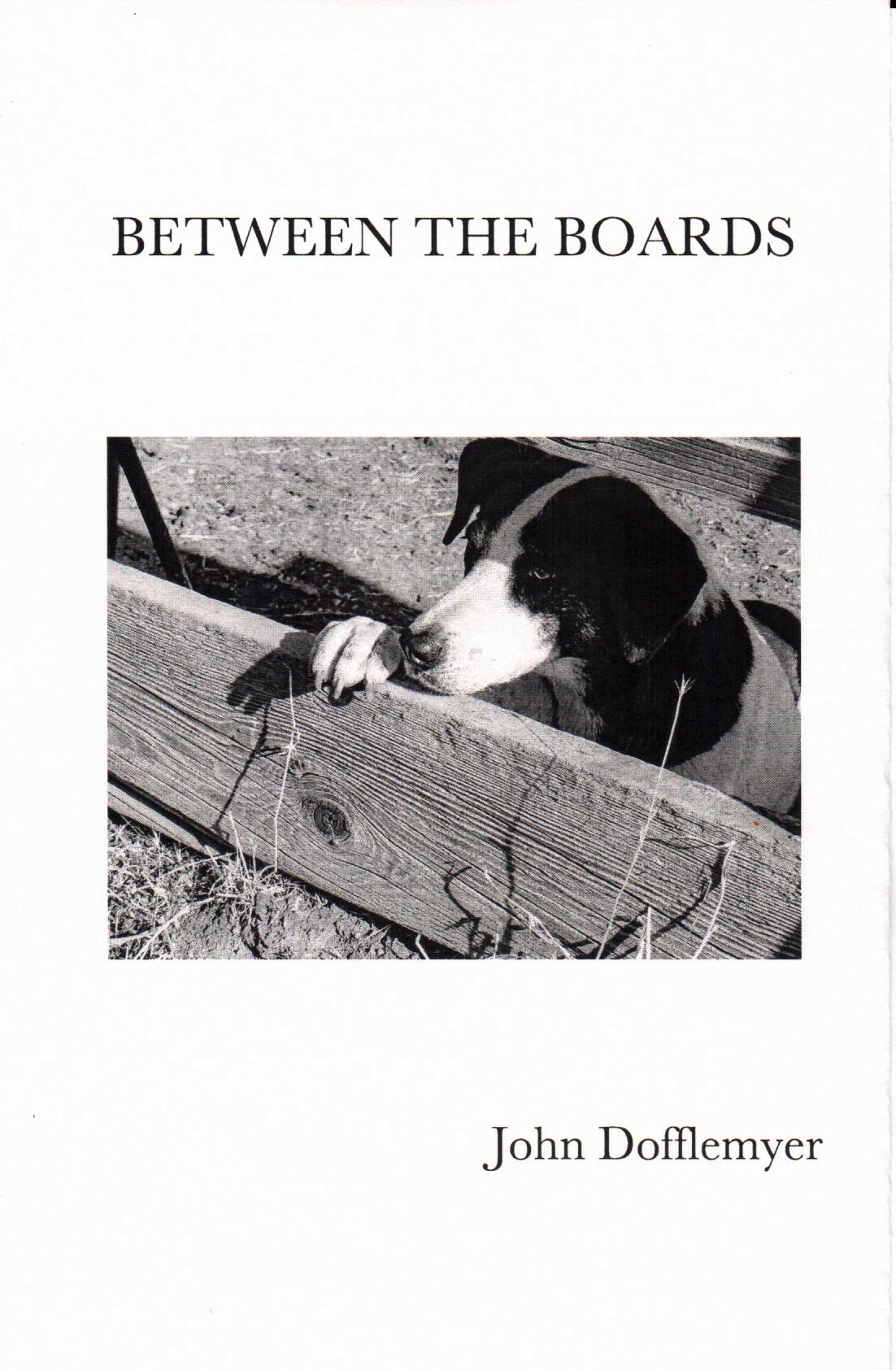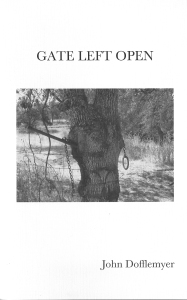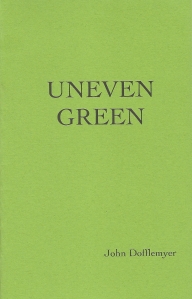
Since 1894, when California began keeping rainfall records, this past year has been the driest yet. The year, as opposed to the grass or rainy season, runs January through December.
During the 2012-13 grass season, October 2012 through April 2013, Dry Creek received less than 10” of rain when the average precipitation during this period is around 16”, ( 8-year average ) leaving very little dry feed to sustain cattle during the summer months. To date for the 2013-14 grass season, Dry Creek has only received an inch. Less than eleven inches for the two seasons combined, leaving only four months in a grass season that has yet to begin.
Impacts to California, the richest agricultural region in the world, have only just begun. Typically, snowfall in the Sierra Nevada range freezes during December and January to provide a slow release of water to meet demands from agriculture and metropolitan areas during the year. With what little snow that stuck earlier this month, all but melted, the Great Western Divide shows mostly granite. Heavy late snows increase the chance for flood.
No matter what happens, the stage is set for what we’ve never seen before.
Share this: Dry Crik Journal





















